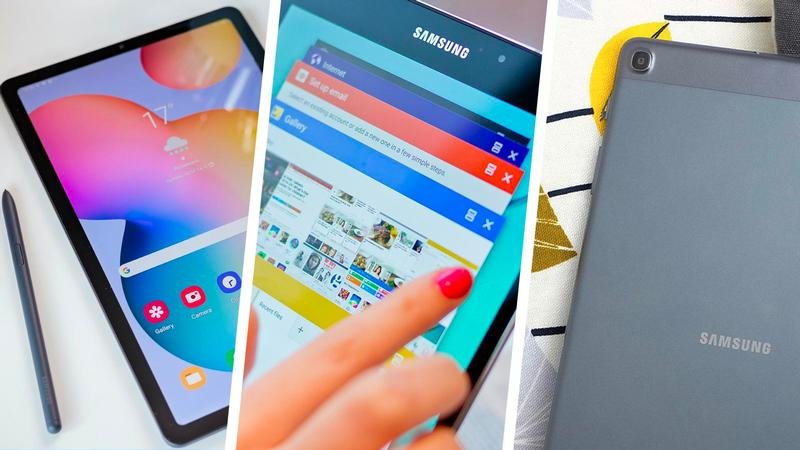iPads may get the attention of most tablet owners but there are plenty of Android-based options out there worth considering for all sorts of reasons.
Android tablets vary in size and quality, but some are exceptionally good value and can make very superb iPad alternatives. In the chart below we rank the best Android tablets available to buy in the UK in 2021 so far.
If you don’t specifically need an Android tablet, be sure to check out our list of the best tablets for any operating system, including the latest iPads and the occasional Windows tablet.
Best Android Tablets 2021
Samsung Galaxy Tab S7+ – Best overall
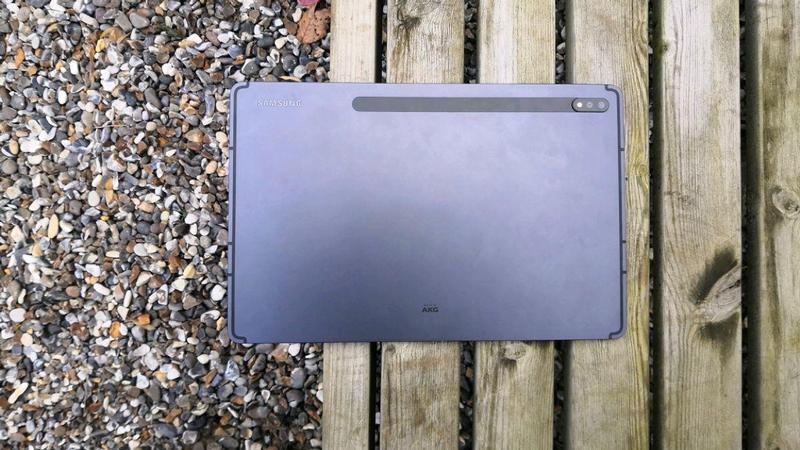
- Pros: Stunning display | Stellar performance | Great speakers
- Cons: Middling software optimisation | S-Pen charging is awkward
Still one of Samsung’s freshest-faced tablet entries just so happens to be its best and brightest slate of 2020. The Galaxy Tab S7+ is so capable that it really highlights the disparity between the capability of the hardware and the underdeveloped nature of Android as a tablet OS.
Samsung has worked hard to optimise Android on the Tab S7+ and it’s also helped in no small amount by the slate’s raw power and excellent S Pen experience.
This also makes for a superb media slate, thanks to its stunning screen and excellent speakers.
Read our full Samsung Galaxy Tab S7+ review
Samsung Galaxy Tab S5e – Great for entertainment
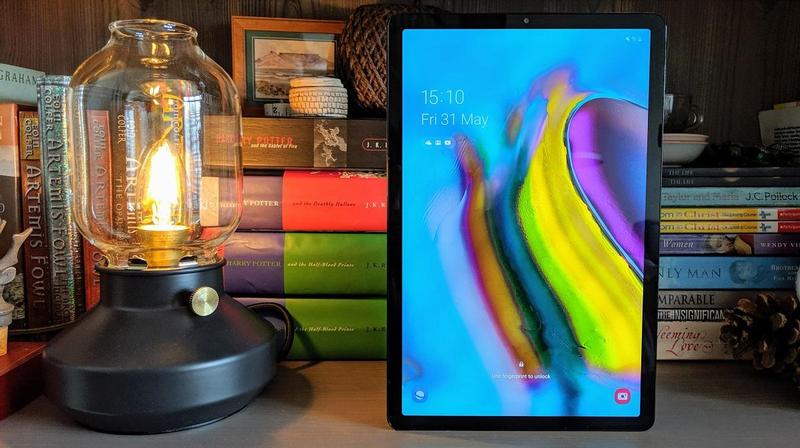
- Pros: Premium metal build | Great speakers | Rich user experience
- Cons: Older model | Ageing processor | No headphone jack
If it weren’t for the fresher hardware of the Tab S7+ we’d still posit that the more affordable Galaxy Tab S5e is the best Android tablet you can pick up. Samsung took the excellent screen and quad-speaker system from the Tab S4 and put them in a thinner and lighter design, complete with a more desirable metal build.
The Tab S5e is primarily limited a little by the Snapdragon 670 but it’s designed and pitched as an entertainment tablet rather than a laptop replacement – despite the inclusion of DeX (Samsung’s [D]esktop [eX]perience) – and it does this very well.
Many users will find the lack of a headphone jack disappointing but there’s a dongle in the box and you also have the option to use USB-C or wireless headphones.
Read our full Samsung Galaxy Tab S5e review
Samsung Galaxy Tab S6 Lite – Great for productivity
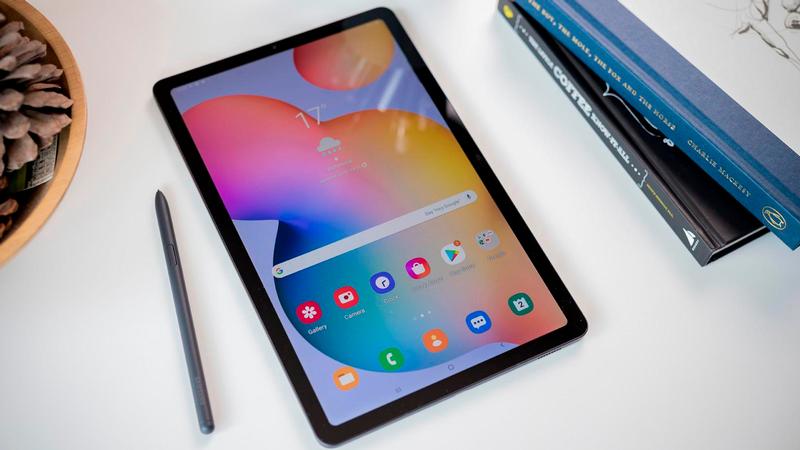
- Pros: Lightweight | Affordable | Versatile
- Cons: Older model | Middling performance
The Galaxy Tab S6 Lite is definitely more of a basic productivity and entertainment slate, rather than a laptop replacement, but that means its talents lie in its featherweight design, its affordability and as a brilliant tool for note-taking.
That said, it’s not the only contender in the mid-range tablet space with Samsung’s own Galaxy Tab S5e still trumping the S6 Lite in a few key areas, albeit at a greater cost overall.
Read our full Samsung Galaxy Tab S6 Lite review
Lenovo Tab P11 Pro – Highly versatile
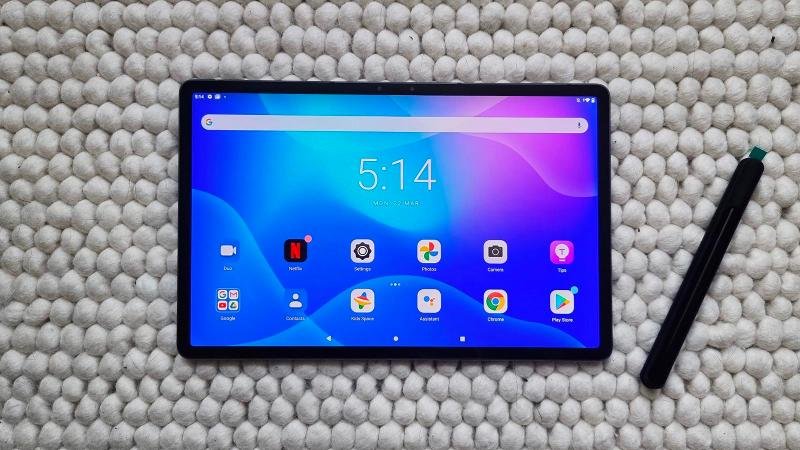
- Pros: Great design | Solid battery life | Superb display
- Cons: Middling software optimisation | Key accessories cost extra | Underpowered
The Lenovo Tab P11 Pro is a great choice for media-lovers, thanks to its superb display, solid quad-speaker setup and respectable battery life.
The additional flexibility afforded to users by the dedicated keyboard cover and the Lenovo Precision Pen 2 widen the Tab’s appeal too.
If it weren’t for the fact that it feels a little underpowered and the UI quirks that we ran into during testing, this would be an immediate alternative recommendation to the likes of Samsung’s Galaxy Tab S series.
Read our full Lenovo Tab P11 Pro review
Amazon Fire HD 10 (2021) – Great value
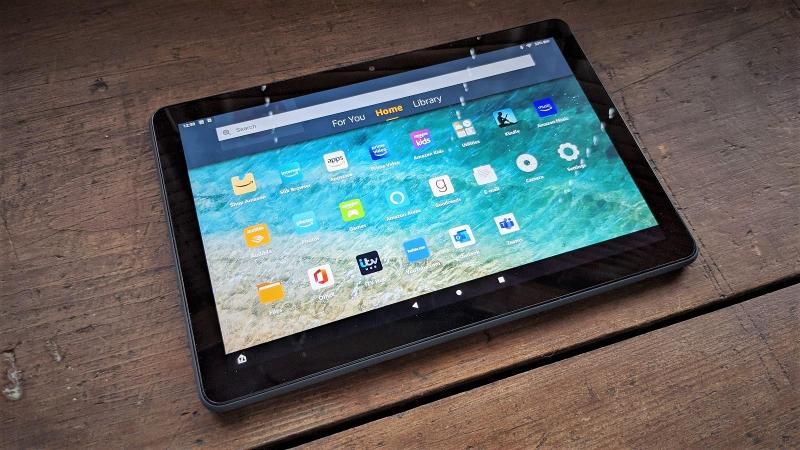
- Pros: Stylish & lightweight | Good performance | Nice screen
- Cons: Limited apps | Slow charging | Basic cameras
Amazon has refreshed its 10in Fire tablet once again, and while, as ever, there’s a model that’s tailor-made for kids, there’s also now a bundle that places a focus on productivity, which includes a Bluetooth keyboard and year’s subscription to Microsoft Office 365.
Even without the extras, the HD 10 is still a great budget entertainment slate, also boasting better performance and better cameras to boot. It also features always-on Alexa support, so you can fire off queries, even when the HD 10’s display is off.
You have the option of a Plus model with wireless charging and it does better than expected as a productivity machine, but in every case, the tablet’s low price tag versus more conventional Android-based competition comes with the caveat that Fire OS doesn’t support Google Play Store apps natively, so you won’t necessarily find all the experiences you’re looking for with this slate (i.e. check before you buy).
Read our full Amazon Fire HD 10 (2021) review
Amazon Fire HD 10 Kids Pro (2021) – Best for kids
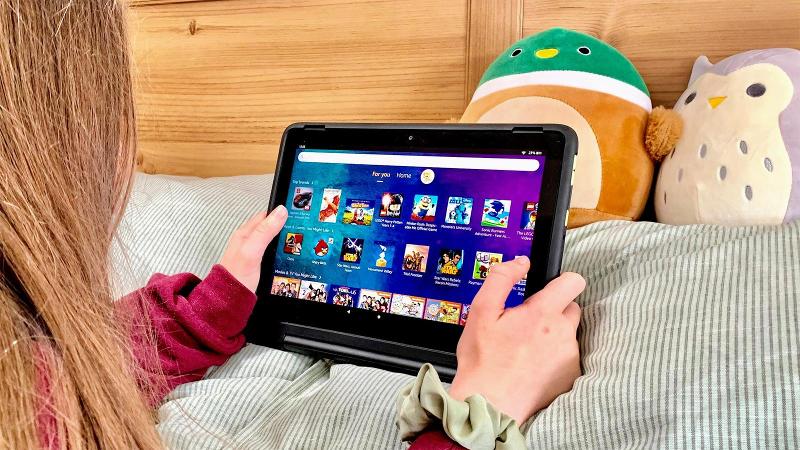
- Pros: Stylish & lightweight | Good warranty | Well-designed case
- Cons: No Alexa in kids profiles | Lacks Prime Video content | Overpriced
Both a big tablet for kids and a tablet ideal for bigger kids, this is the first time Amazon has taken one of its child-centric slates ‘Pro’.
The HD 10 Kids Pro runs on the same underlying hardware as its general-purpose alter ego but comes with a protective case, one year’s access to Kids+ (which includes entertainment, apps, books etc.) and a two-year warranty that includes a no-questions-asked replacement if your little ones manage to decommission the slate the first time around.
The included case is a little more grown-up looking than the conventional Kids bumper, as is the UI that shows up on-screen. The user experience is closer to that of stock FireOS but makes for easy activity monitoring and leaves out access to certain age-gated content or apps (like Netflix), which have to be approved by a parent before being installed.
It’s a shame the kid-friendly version of Alexa isn’t supported – even though the tablet itself does facilitate such functionality – and certain kid-suitable Prime movies just don’t make an appearance without reason.
Read our full Amazon Fire HD 10 Kids Pro review
Amazon Fire HD 8 Plus (2020) – Most portable
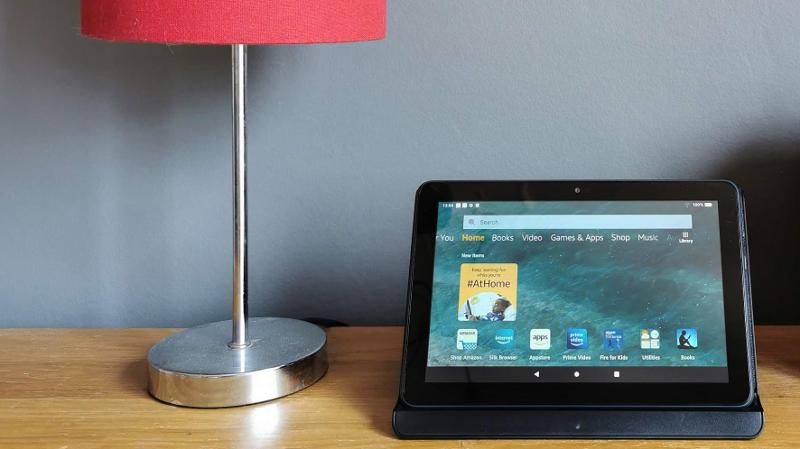
- Pros: Compact form-factor | Hands-free Alexa | Improved battery life
- Cons: Entry-level performance | Limited selection of apps
Amazon refreshed its 8in Fire tablet for 2020, with more memory and wireless charging, which in turn enables Amazon Echo Show mode; so you can summon Alexa and check the weather with your voice.
While performance isn’t markedly different from the previous Fire HD 8, this model will last longer and we’d say the addition of the wireless charging dock is wholly worthwhile if you’re considering picking one of these slates up.
Read our full Amazon Fire HD 8 (10th gen) review
Samsung Galaxy Tab Active 3 – Hardiest design
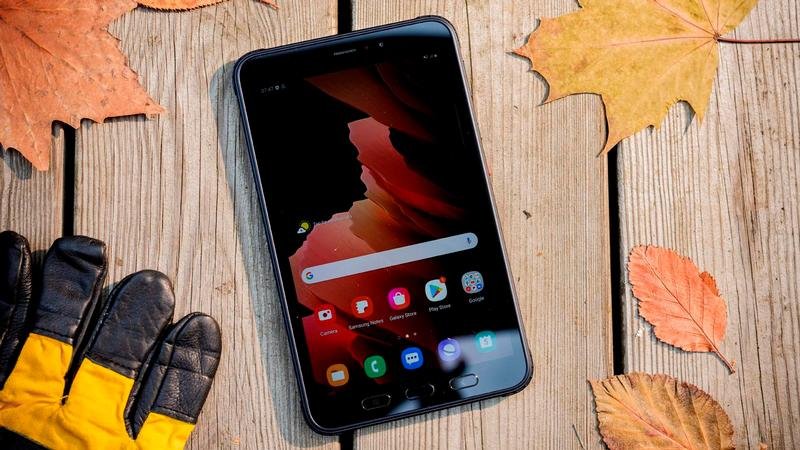
- Pros: Well protected against the elements | Removable battery | S Pen support
- Cons: Chunky build | Niche appeal | Pricey
Outside of the business use cases it was built for, the Galaxy Tab Active 3 only offers niche appeal to the general consumer, but it’s hard to overlook the value of a hardy, ruggedised tablet with a removable battery, all the same.
With military-grade protection and IP68 water and dust resistance, the Tab Active 3 can withstand submersions in sand, water and drops from 1.5m. There’s even a setting which means you can use the touchscreen with gloves, while the S-Pen offers a useful alternative for navigation and productivity.
You pay a premium for such a hardy slate but if that’s a feature of importance, nothing else on this list can match the Tab Active 3.
Read our full Samsung Galaxy Tab Active 3 review
Samsung Galaxy Tab A 10.1 (2019) – Most affordable
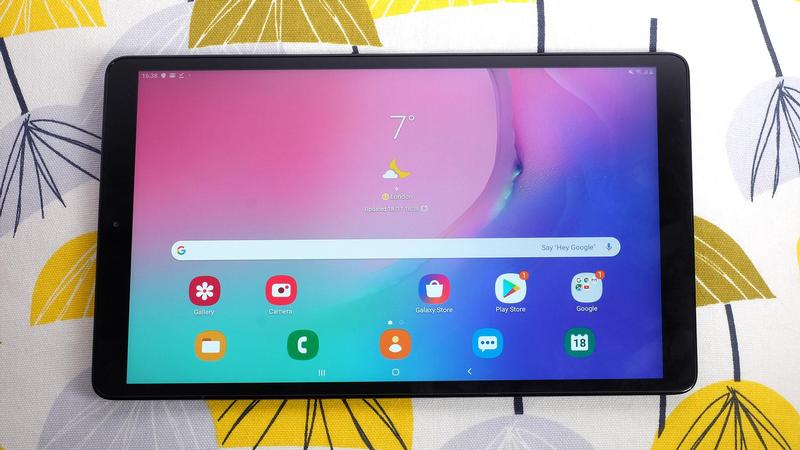
- Pros: Aluminium body | Nice screen | Good battery life
- Cons: Ageing hardware | Underwhelming performance
A great Galaxy Tab offering for those on a budget, 2019’s Tab A 10.1 boasts a surprisingly premium design, a nice screen and impressive battery life at a competitive price point.
It lacks raw power when it comes to gaming and the hardware is getting on a bit, but affordable Google Play-capable slates are still hard to come by; meaning this is still a viable by if you can get it with a discount.
Read our full Samsung Galaxy Tab A 10.1 (2019) review
Huawei MatePad 11 – Superb performance
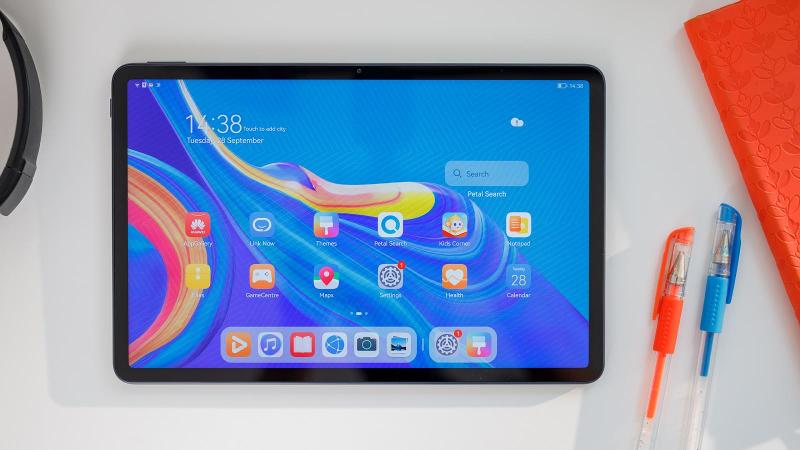
- Pros: Solid Snapdragon chipset | Stunning display | Great battery life
- Cons: No Google Play support | Huawei App Gallery is lacking | Sideloading apps is awkward
As with any recent Huawei phone or tablet, the MatePad 11 is another example of excellent hardware encumbered by software support that lacks appeal outside of the company’s native China.
Huawei’s own HarmonyOS is always improving, as is the company’s App Gallery, but you’ll still likely struggle to find all the sorts of apps you’ll want to use; especially if they’re affiliated with Google.
Provided you’re happy with what is on offer software-wise, or you’re prepared to sideload your favourite apps from reputable sources, the MatePad 11 actually serves up a stunning display, great battery life and a versatile feature-set, particularly if you pair it with the optional keyboard.
Read our full Huawei MatePad 11 review
What to look for in an Android tablet
Android tablets are much like iPads. The main difference is the operating system (or OS) on which they run: Google’s Android platform. Android, as you’re likely to find it on most devices, comes with an app store all its own, called the Play Store.
Chances are all the popular apps you’d find on an iPad running iOS will also be available to Android users too, however, there are the odd exceptions or those times where an Android version of an app takes a little longer to appear than it does on iPadOS.
As for Amazon’s Fire tablets, things are a little different, as they run on a forked version of Android that’s heavily customised, locked down and employs Amazon’s own app store in place of the Google Play Store. Fire tablets make for good kids’ tablets, so if you’re after a tablet for a child, check out our list of the best tablets for kids.
What size tablet should I buy?
The first thing to consider (apart from budget) is screen size. This ranges from around 7in to 13in, although for most people, an 8in or 9in tablet represents the best compromise between usability and portability.
With bigger screens comes more weight. Aim for a maximum of around 450g, as anything heavier can be uncomfortable to hold for long periods, such as when watching a film. That said, if you intend for your new slate to spend most of its life propped up on your lap or on a desk, weight isn’t likely to be so much of an issue.
How much storage do I need?
Ideally, you should aim for 32GB of internal storage as a minimum, but more is better for downloading media.
Many, but not all, Android tablets feature a microSD card slot, so you can add more storage when you need it. If you’re going for a tablet with no slot, make sure you buy the biggest capacity you can afford, as videos and some apps can use up an awful lot of storage in a single hit.
And don’t forget that the big number on the box – 32GB, say – is the total amount. The usable amount, i.e. the amount which is empty and available for you to use after the Android OS itself is installed, can be quite a lot less than that headline figure.
What about the screen?
Few tablets these days have poor-quality screens, but some do. Look for an IPS LCD or (better yet) AMOLED screen and avoid anything with a ‘TN’ screen as these have poor viewing angles.
In terms of resolution, higher is better, but the more important number relates to pixel density. Aim for 300 pixels per inch (often abbreviated to ‘ppi’) or higher, as this will ensure a sharp-looking image that’s not jagged or blocky.
What features do I need?
Most Android tablets feature WiFi and Bluetooth as their primary means of connectivity, and some have NFC as well. NFC may come in handy for pairing to other compatible devices quickly, but it’s by no means essential.
What’s more useful is a video output so you can connect your tablet to your TV (usually via HDMI). However, you can use most Android tablets with Google’s Chromecast for watching catch-up TV, YouTube and other internet video services that are supported.
Some tablets have GPS – which makes them useful for navigation – but not all do. Another thing to watch for is a SIM slot. This is useful if you want to get online when you’re travelling or out of WiFi…
